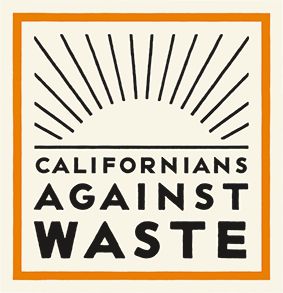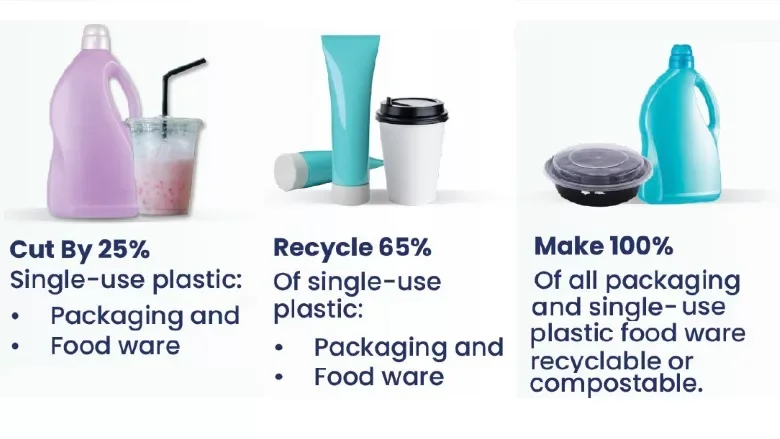SB 54 - Plastic Packaging Producer Responsibility
Overview
California’s Plastic Pollution Prevention & Packaging Producer Responsibility Act (SB 54) shifts the costs and responsibility for single-use packaging and plastic foodware from local governments and consumers to producers. By 2032, SB 54 requires: 25% source reduction of single-use plastic packaging/foodware, 65% recycling of single-use plastics, and 100% of all single-use packaging and plastic foodware to be recyclable or eligible to be labeled compostable. The program is funded by industry, including $5 billion over 10 years for plastic pollution mitigation with a focus on overburdened communities.
Packaging is over 50% of landfill volume in California—SB 54 is designed to reduce, redesign, and recycle it.
Requirements
Source Reduction: Producers must cut single-use plastic packaging/foodware by 25% (by weight and/or components) by 2032.
Recycling Performance (Plastics): Achieve 65% recycling of single-use plastic packaging/foodware by 2032.
Design for Circularity (All Packaging): By 2032, 100% of single-use packaging and plastic foodware must be recyclable or eligible to be labeled compostable (consistent with SB 343 criteria).
Producer Responsibility Organization (PRO): CalRecycle approved Circular Action Alliance (CAA) as the first PRO to coordinate compliance across producers.
Enforcement: CalRecycle may impose administrative civil penalties up to $50,000 per day per violation.
Who and What’s Covered
Covered materials include single-use packaging and plastic single-use food service ware (e.g., trays, cups/lids, clamshells, wrappers, utensils), with specified exclusions (e.g., certain medical and regulated products).
Expanded Polystyrene (EPS) update: To continue selling EPS food service ware in California, producers had to demonstrate a 25% recycling rate starting January 1, 2025. Because this threshold was not met, EPS food service ware cannot be sold/ imported in the state unless and until requirements are achieved.
What Local Governments and Recyclers Can Expect
Program funding and targeted investments informed by the statewide needs assessment to expand collection, processing, and end markets.
Standardized lists of covered materials and recyclability determinations to reduce contamination and confusion.
Reduced burden for managing problematic materials (e.g., EPS) as compliance measures take effect.
Additional Resources
SB 54: Formatted Statute: Click here
CalRecycle SB 54 Program Hub (news, events, EPS updates, CMC list). CalRecycle EPR Home Page
Rulemaking Page—current draft regulations & workshops. CalRecycle Rulemaking Home page
Producer Responsibility Organization: Circular Action Alliance (CAA).
Statutory Requirements & Deadlines: PRC §§ 42051 (participation), 42061.5 (PRO approval), 42081 (penalties).



